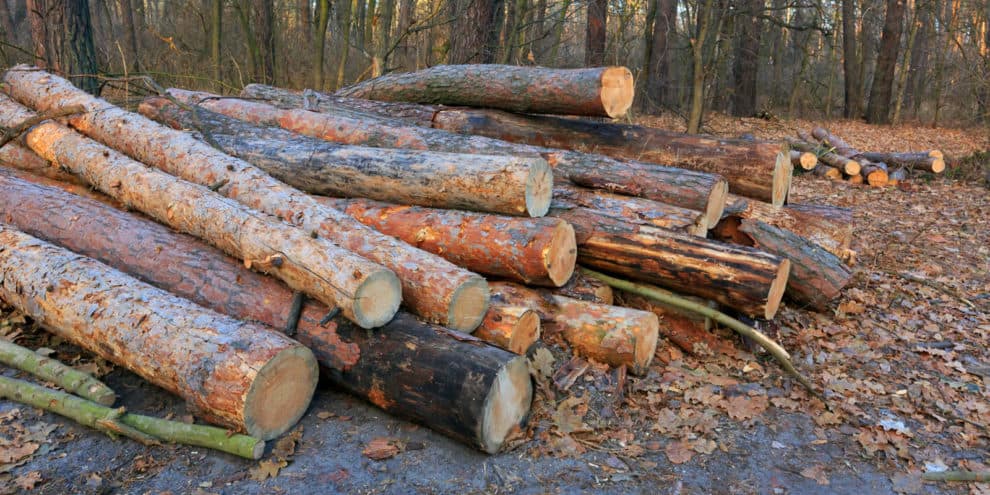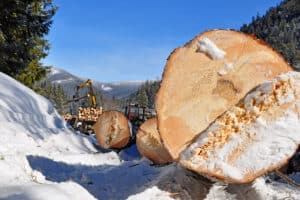The renowned acting teacher Stella Adler taught her students – including Robert De Niro and Warren Beatty – to focus on specific “real” things that you know to be true. While onstage, actors should concentrate on the smallest elements. The glass on the table…is that a crack? Your partner’s blouse…is that a spot? Focus on small truths and build up. Failure occurs when the actor attempts to digest large parts in single lines and sweeping gestures. And so it goes with forecasting timber prices.
Framing the Outlook
The 2013 Forisk Forecast frames the ten year outlook around four key themes each built on small elements and observable truths:
- Timber price performance: how did timber markets perform in 2012 relative to Forisk’s expectations for 2012? A detailed self-assessment provides a necessary testing of key assumptions.
- Capital investment: where have forest industry firms decided to allocate capital for 2013 and moving forward? Since timber forecasts are applied locally, capital flows reinforce which states will have the “iron in the ground” to satisfy growing demand.
- Forest supplies: what have we learned about the relative supplies of pine grade and pulpwood and their actual or perceived impacts on stumpage markets? In the past two years, we observed an eroding of the price-to-demand response in states that corresponded with excess pine grade inventories.
- Demographics: how do current demographic trends in the U.S. compare to our historic understanding of how population changes relative to wood demand and housing? At the end of the day, we must confirm the expectation of fundamental demand for wood products.
In this article, I will focus on the performance of Forisk’s 2012 price forecast and on summary expectations for 2013 through the next ten years.
2012 versus Actuals
For pine stumpage prices in the U.S. South for 2012, the Forisk Forecast was within 2% regionally across all products. Analyses of eleven state-by-state forecasts shows that Forisk was, on average, $0.21 per ton lower than the actual pine sawtimber prices and $0.33 per ton higher than the actual pine chip-n-saw prices. For pine pulpwood, Forisk’s estimates for eleven state-level prices for 2012 had, on average, $0.00 per ton difference from the actuals, with seven states realizing slightly higher prices than forecasted by Forisk and four states realizing lower prices than forecasted by Forisk.
For delivered softwood prices in the Pacific Northwest, the Forisk Forecast was within 1% for three out of four state-product forecasts for 2012, and within 2% for the fourth state-product. Across categories in Oregon and Washington, Forisk underestimated the actuals for 2012 by, on average, $4.41 per MBF or 0.8%.
Expectations for Timber Prices in 2013
What can we expect from softwood timber prices moving forward? South-wide pine sawtimber prices are forecasted to increase 7% in 2013 and 34% by 2023. Results vary significantly across states. Alabama, Florida and Louisiana lead Southern states beyond the $30 per ton benchmark in 2014 and 2015 based on state-wide pricing.
In the Pacific Northwest, the “Base Case” for delivered Douglas-fir #2 domestic sawlogs are forecasted to increase 3% in 2013. For Coastal Oregon, prices increase 23% by 2023. For Washington, prices increase 20% through 2023. Oregon average annual prices maintain a $41/MBF spread over Washington during this timeframe.
This content may not be used or reproduced in any manner whatsoever, in part or in whole, without written permission of LANDTHINK. Use of this content without permission is a violation of federal copyright law. The articles, posts, comments, opinions and information provided by LANDTHINK are for informational and research purposes only and DOES NOT substitute or coincide with the advice of an attorney, accountant, real estate broker or any other licensed real estate professional. LANDTHINK strongly advises visitors and readers to seek their own professional guidance and advice related to buying, investing in or selling real estate.










Add Comment